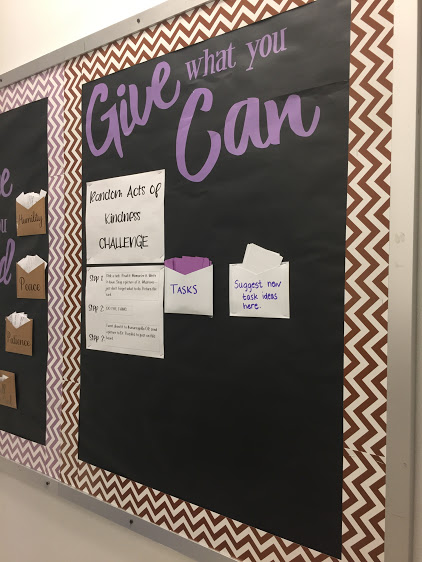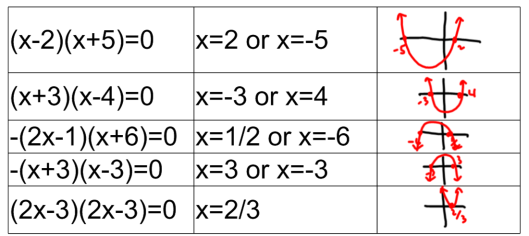I said I’d post about my summer notebook weeks ago – I have no real excuse other than laziness for not doing it. But now that it’s time to really start thinking about the upcoming school year I find myself doing random things that probably should be priorities. So, here it is.
A few years ago I found myself engaging in numerous summer professional learning and reading; during these opportunities I would have countless “brainstorms” for my different classes and found myself taking notes all over the place. I had notebooks for each PD, post-it notes coming out of my ears, printed handouts with no real “home”…I’m sure you get the idea.
I decided I needed a way to get organized so that when the inevitable day came and it was time to consider how to put those brainstorms into practice, everything would be in one place, easy to locate and use. Now, I love technology just as much as the next person, maybe more than a few, but when it comes to professional learning, I really, really like paper and notes!
My solution is not earth shattering, but it helped me and a few others have implemented it and seem to appreciate it.
I took a basic notebook, and split it into sections, one for each of my preps. As I had a brainstorm, I simply jot it down in the appropriate section. Post-it note idea? Stick in in the section it relates to. Handouts from a PD session? Fold them in half and tape to a page in the notebook.
Sadly I don’t have any pictures from those first few years, and over time lots has changed – my teaching responsibilities are different, I have far fewer preps, and summer PD has virtually become non-existent – so the current version looks rather boring, but here are some pictures so you can get the idea.
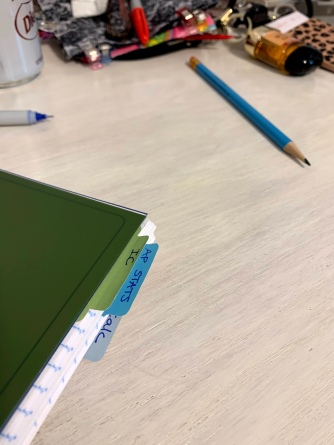 As you can see, my preps are minimal, so the notebook doesn’t contain anywhere near the information it formerly did.
As you can see, my preps are minimal, so the notebook doesn’t contain anywhere near the information it formerly did.
(I have not blogged in a LONG time. These new photo layout options are pretty cool!)
This gives me a place to jot down notes as I read, make lists as things come to mind, and just organize my summer thinking in general. I create pages for each unit in each prep, so I can be even more organized with my ideas. Some of the stuff in the notebook makes it to the classroom, some doesn’t.
Once school starts, I go through the notebook periodically, reminding myself of all the great ideas I had during the summer. I also use it to makes notes as the school year progresses – things that worked well, things that didn’t work well, great ideas I had the day *after* I taught the lesson…
At the end of the year, I go through each page of the notebook. If the information is no longer relevant, the pages gets thrown away. If it contains ideas I still want to implement, it gets moved to the new notebook.
I hope someone has found this useful, or at the very least used it to develop your own ideas. It really helped me stay organized in the summer so that more of the learning made its way to my students.
Now, I’m off to find something else to let me procrastinate planning for school. And to watch Hamilton for the upteenth billion time. I’m not throwing away my shot!
Happy 2020-2021 to all of you. I know it isn’t going to like anything we’ve ever done, but I hope and pray we all come out on the other side as better teachers, better communicators, and better people!




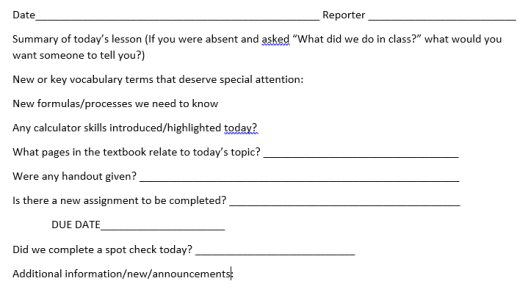



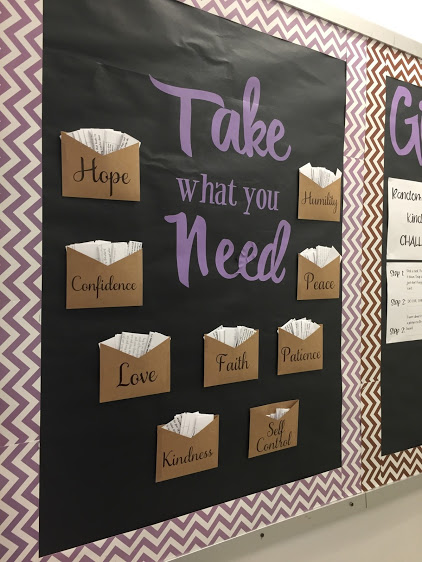 I selected a few traits that I thought the world could use more of and googled “quotes about…” each of those traits. I ended up at brainyquote.com and had tons to choose from. I picked some different quotes for each characteristic, copied them into a table, picked some fun fonts for each, and hit print. Cut those bad boys apart and stuck them in the appropriate envelope. So this year if you are in need of a little kindness you can just pick up a quote that will hopefully help you get through the day. If you want the quotes, here are links. Each word is a separate link. (Again, I used the silhouette and vinyl to make the purple letters).
I selected a few traits that I thought the world could use more of and googled “quotes about…” each of those traits. I ended up at brainyquote.com and had tons to choose from. I picked some different quotes for each characteristic, copied them into a table, picked some fun fonts for each, and hit print. Cut those bad boys apart and stuck them in the appropriate envelope. So this year if you are in need of a little kindness you can just pick up a quote that will hopefully help you get through the day. If you want the quotes, here are links. Each word is a separate link. (Again, I used the silhouette and vinyl to make the purple letters).